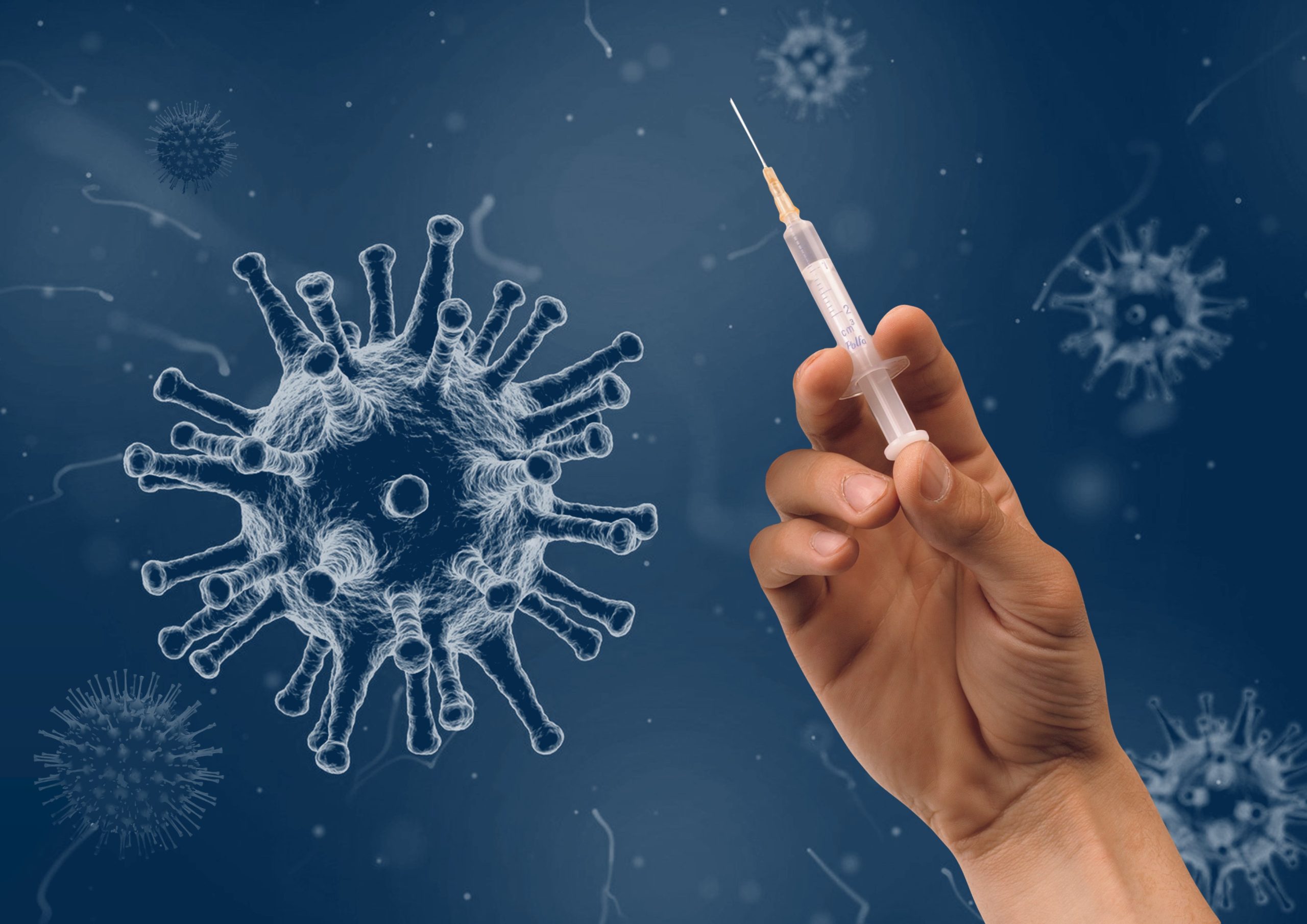Time to think about cattle vaccination protocols

If you are in the beef business, it may be a little early to begin vaccinating your cattle, but it’s not too early to begin thinking about your vaccination program.
Dr. Craig Payne is a beef cattle Extension veterinarian and teaches veterinary medicine at the University of Missouri College of Veterinary Medicine. Dr. Scott Poock’s experience is more in the dairy world, but he’s certified for both beef and dairy cattle practice and owns a 16-cow beef herd that he runs with a 60-head herd. Poock is also an Extension dairy vet for the College of Veterinary Medicine at the University of Missouri.
A photo, courtesy of Pixabay, depicts vaccination.
Payne told High Plains Journal that he will soon be getting inquiries from cow-calf operations about vaccination programs. “The majority of inquiries come in a month or two from now,” he said. “For spring calving herds, producers are generally focused on pre-breeding vaccinations for cows and vaccines for young calves. For fall calving herds, the questions often relate to vaccines given at pregnancy check or pre-weaning.”
The other big vaccination period occurs later in the fall, as spring calving herds prepare for pregnancy check and weaning and fall calving herds get ready to turn bulls in and process calves.
The primary goals of a vaccination program in a cow-calf operation are to prevent reproductive issues in breeding cows and reduce the risk of respiratory and clostridial disease in calves.
“Vaccination protocols vary according to region and herds,” Payne said. “I talk to producers about their specific concerns and the diseases relevant to their situation.”
Some vaccine recommendations have become, if not standard, at least widespread. Vaccinating cows against IBR (Infectious Bovine Rhino-tracheitis), BVDV Type 1 & 2 (Bovine Virus Diarrhea Virus), Leptospirosis and Vibriosis to prevent reproductive losses is fairly common. For calves, vaccination programs usually include blackleg vaccine to prevent clostridial diseases and IBR, BVDV Type 1 & 2, BRSV (Bovine Respiratory Syncytial Virus) and PI3 (Parainfluenza 3) to reduce the risk of respiratory diseases.
Consulting with the local veterinarian or checking the vaccine label will provide guidance on timing of administration, boosters and revaccination. Viral vaccines may require a booster after three to four weeks if an animal is being vaccinated for the first time. Following that, revaccination is recommended at least annually.
Clostridial vaccines, often referred to as blackleg vaccines, may also require two doses four to six weeks apart, initially. A seven-way or eight-way clostridial vaccine is recommended for cattle under 2 years of age to protect against clostridial diseases like blackleg, tetanus and enterotoxemia. Regional variation in diseases make the local veterinarians the best resource for vaccination advice.
A five-way or seven-way leptospirosis vaccine, sometimes combined with a vaccine against vibriosis, is recommended for cows and bulls four to six weeks before breeding. Leptospirosis is a bacterial infection that affects the liver and kidneys and can cause abortion, reduced fertility and illness.
Some cattle diseases are specific to certain regions. Ten states, including Kansas and Texas, require heifers to be vaccinated against brucellosis, which causes abortion and infertility.
Cows should be vaccinated once at three to seven weeks before calving, depending on the vaccine, to help prevent scours in calves. In herds that have not been vaccinated before or those that are having problems, cows should be vaccinated twice.
Payne said the choice between modified live viral (MLV) versus killed viral vaccines is an ongoing discussion. Labels caution against using MLV in pregnant cows or calves nursing pregnant cows unless the cows were vaccinated with the same product within the past 12 months. According to Poock, use of MLV may affect breeding rates in beef cattle, but some studies of dairy heifers show no breeding or fertility effects from multiple MLV vaccinations. Yearling dairy heifers often get three doses before breeding; if they get an MLV prior to a 30-day window before breeding, there have been no studies showing a decrease in fertility.
There is a slight cost difference between killed versus live virus vaccine, but the difference isn’t enough to make the decision one way or the other. Some vets, and some producers, may have a preference for one or the other.
The cost of many farm inputs has gone up, but vaccines prices have remained relatively stable, Payne said. They easily pay for themselves and are an insurance policy against catastrophic losses.
Because of the recent popularity of beef-on-dairy breeding, Poock said, some beef on dairy animals are selling for high prices ($700 to 900 per animal).
Both men said that mRNA delivery platforms for cattle vaccines are not yet available and may not be for years.
Beginning last March, the Centers for Disease Control and Prevention has been monitoring a multistate outbreak of HPAI A(H5N1) bird flu in dairy cows that was first reported on March 24, the first time that these bird flu viruses had been found in cows. Shortly afterward, on April 1, a dairy worker was found to be infected due to exposure to dairy cows in Texas. Since 2022, bird flu virus has been detected in more than 200 mammals in the United States.
The virus seems to have a preference for the epithelial cells that line a cow’s udders, but so far there is no indication of aerosol transmission. The U.S. Centers for Disease Control and Prevention said that the risk to humans remains very low. Thorough pasteurization of milk and cooking of meat to recommended temperatures destroys the virus.
David Murray can be reached at [email protected].



